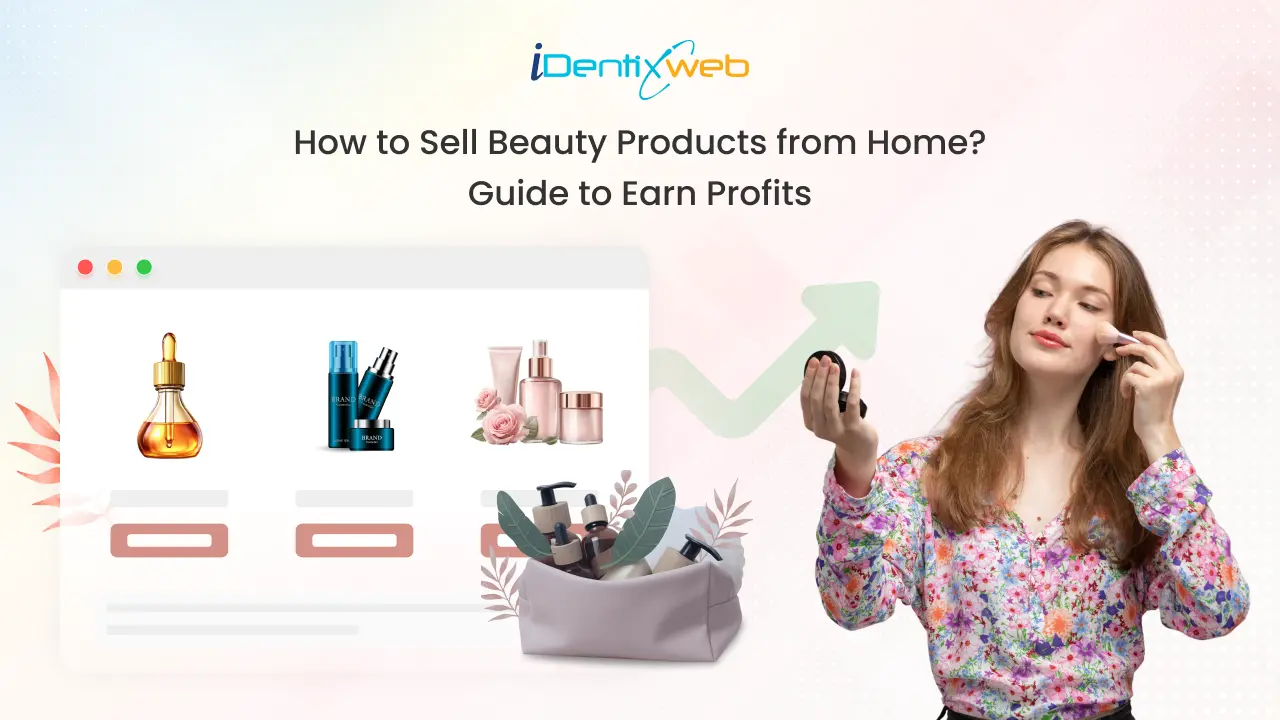
Starting an online cosmetics business is a great way to turn your passion into a profitable business in 2025.
You can start small by selling beauty products from home, then expand your offerings as your business grows.
If you plan to start your own cosmetics store in 2025, this guide is for you! We will explain the best beauty products to sell, give tips for selling cosmetics, and provide a step-by-step process for selling beauty products online.
Let’s get started with the best types of beauty products.
Top Beauty Products to Sell Online in 2025
According to our research, here are the four top beauty products you can sell from home this year.
Skincare Products
- Moisturizers, serums, and toners
- Sunscreens and SPF products
- Face masks (sheet masks, clay masks)
- Anti-aging creams
- Eye creams and lip balms
Skincare has always been in high demand. By the end of this year, the skincare market is projected to generate $26 billion.
You can sell skincare products online, such as moisturizers and serums, for everyday concerns like acne and aging. You can also sell beauty products like eye creams or lip balms to customers who want a more personalized approach to their skincare routines.
Hair Care Products
- Conditioners and shampoos
- Serums and hair oils
- Mousses, styling gels, and sprays
- Hair masks
- Hair dyes and color treatments
Hair care is another cosmetics segment with revenue projections of $14 billion by the end of this year.
You can target people who invest in products that cater to specific hair types. These products include shampoos, conditioners, hair oils, and styling products. You can also consider branching out into natural or organic hair care.
Makeup Products
- Foundations and concealers
- Lipsticks and lip glosses
- Eyeliners and mascara
- Eyeshadow
- Blushes and highlighters
You can sell makeup online by offering high-quality, cruelty-free, or vegan makeup products. Make sure to stock a variety of shades and formulas to cater to a diverse customer base looking for makeup that fits their personal needs.
Nail Care Products
- Nail and gel polishes
- Nail files, buffers, and clippers
- Nail strengtheners and cuticle oils
- Manicure and pedicure sets
More people nowadays are doing their manicures and pedicures at home. Offering a range of accessories like nail files and buffers allows you to tap into this growing trend.
Besides the main product categories, consider these trending items to diversify your inventory.
Fragrances
- Perfumes and colognes
- Deodorants
- Scented lotions and body creams
Fragrances
- Perfumes and colognes
- Deodorants
- Scented lotions and body creams
Beauty Tools & Accessories
- Makeup brushes and sponges
- Hairbrushes and combs
- Facial rollers
- Eyelash curlers and tweezers
- Facial cleansing devices
Organic & Natural Beauty Products
- Organic face oils and serums
- Natural soaps
- Herbal hair care products
- Eco-friendly makeup products
Personal Care Products
- Body lotions and creams
- Deodorants and body sprays
- Shaving creams and razors
- Teeth whitening products
These are all the categories of beauty products you can start selling online. Choose the one you are interested in, and you're good to go.
Before you plan to sell beauty products from home, make sure you go through these important tips.
4 Actionable Tips Before You Plan to Sell Beauty Products Online
Tip 1: Work with the Most Trusted Supplier for Raw Materials
Choose raw materials for your cosmetics carefully. Avoid sourcing raw materials that may harm your customers. Here are some of the most trusted US-based suppliers for cosmetic raw materials.
Cosmetic Group USA Inc.
They have been in this business for over 30 years, working with the top beauty brands in the United States. They use the latest ingredients you need to fit into your product line.
Nutrix
They are an NSF ISO-certified supplier. If you already have a product you developed or even an idea, they can help you from execution to packaging.
Note:
You can choose local suppliers for raw materials, but always do a proper background check.
Tip 2: Choose Eco-friendly Sources
As eco-friendliness becomes a key concern for customers, choose naturally sourced materials. Look for suppliers who provide certifications for organically sourced materials and market your product accordingly.
Tip 3: Dropshipping & Wholesale Suppliers
If you have difficulty creating your brand of beauty products, dropshipping lets you sell beauty products from home without holding any inventory. Partner with suppliers who will ship products directly to your customers.
You can also buy pre-made beauty products in bulk from wholesalers. Find reputable wholesalers who offer quality beauty products that align with your business.
Tip 4: Comply With Legal Requirements
According to the FDA, you can sell beauty products from home without a specific license. However, you must ensure that your products are safe and unadulterated according to the state laws and regulations. Some beauty products are labeled ‘drugs’, so research according to your state’s requirements.
Make sure you follow all the above tips for a hassle-free experience while selling your beauty products.
How to Sell Beauty Products from Home in 5 Simple Steps
In just five simple steps, you can start your own cosmetics brand. Let’s go through them one by one.
Step 1: Source or Create the Beauty Product to Sell
To start selling beauty products, you need to partner with manufacturers, dropshipping suppliers, or formulate your own cosmetics line. Make sure your products meet safety standards and regulations according to the FDA guidelines.
Offering high-quality, cruelty-free, or organic products helps you give a competitive edge.
Step 2: Create an Online Store
Source: Beauty Heroes. Made on Shopify
Setting up an online store is essential to sell beauty products from home. A platform like Shopify is the best place to sell beauty products online. It offers a drag-and-drop interface to create a professional-looking website.
Highlight product images, detailed descriptions, and customer reviews. Colors are important in selling cosmetic items. Make sure to add variants to your products differentiated by colors on your ecommerce store.
Step 3: Create a Fantastic Packaging
Packaging is a key element in the beauty industry, as it reflects your brand's identity. Whether you design luxurious or eco-friendly packaging, it should be visually appealing and functional.
Customers are more likely to share their unboxing experience on social media if your packaging stands out.
Step 4: Pricing Strategy
Research other beauty brands and understand the pricing for similar products. Moreover, add all the expenses included in the making of your product. It typically includes:
- Formula + Ingredients
- Beauty product testing + Certification (if necessary)
- Packaging, including container, label or screen-printing + External packaging
- Labor (if necessary)
Step 5: Promote your Beauty Products
Utilize social media platforms like Instagram, Facebook, and Pinterest, where visual content plays a huge role. Collaborate with beauty influencers to reach a larger audience, and use targeted ads on social media platforms to attract the right customers.
If you follow the above steps carefully, you chances of running a successful cosmetics business from home will increase substantially.
Benefits of Selling Beauty Products from Home
Starting a cosmetics business from the comfort of your home brings many benefits.
High Revenue
Beauty & personal care ecommerce generated $90 billion in revenue in 2024. You can tap into this lucrative market, as consumers always look for new products to enhance their beauty routines.
Easy to Upsell
You can easily upsell beauty products by bundling them into different categories. You can offer personalized products like custom skincare kits, personalized makeup shades, or tailored beauty routines.
Source: Admire My Skin
Capacity to Target Niche Markets
Beauty is a niche market with different categories, such as vegan, organic, and cruelty-free products. Starting a home-based beauty business enables you to target particular niches with a loyal clientele.
Easy Expansion of Product Range
Beauty items range from nail and hair care to skincare. You can easily expand your product line from one range to another, from home to provide an all-around personal care.
All these benefits should convince you to start your ecommerce business selling beauty products immediately!
Turn Your Passion for Beauty Into a Thriving Business From Home
Selling beauty products online from your house is a smart business decision and an exciting venture. Starting your own online cosmetics store is one of the best ways to make passive income in 2025. Just make sure you source the ingredients carefully, select a good ecommerce platform and follow the FDA and state rules and regulations.
FAQs
1. How to sell beauty products online?
You can create your own beauty products from home or team up with suppliers and wholesalers to dropship beauty products. To launch your cosmetics business, you'll also need an ecommerce website.
2. How to make money selling beauty products?
You can make money by selling cosmetics on platforms like Shopify, social media channels like Meta, or collaborating with beauty influencers.
3. Do I need a license to sell beauty products?
In the US, you don’t need a specific license to sell beauty products from home. However, specific rules and regulations exist for selling cosmetics in different states. Review your state’s FDA guidelines before starting your cosmetics business.
4. How much does it cost to start a cosmetics business in the USA?
The cost of starting a cosmetics business in the USA depends on the type of beauty products you’re selling (like skincare, hair care, or nail care) and the scale of your business.
5. How to start a cosmetics business?
Choose the cosmetic products you want to sell (makeup, hair care, or skincare). Define your target market, develop and test your products, create unique packaging, set up your ecommerce website, and ensure you provide excellent customer service.
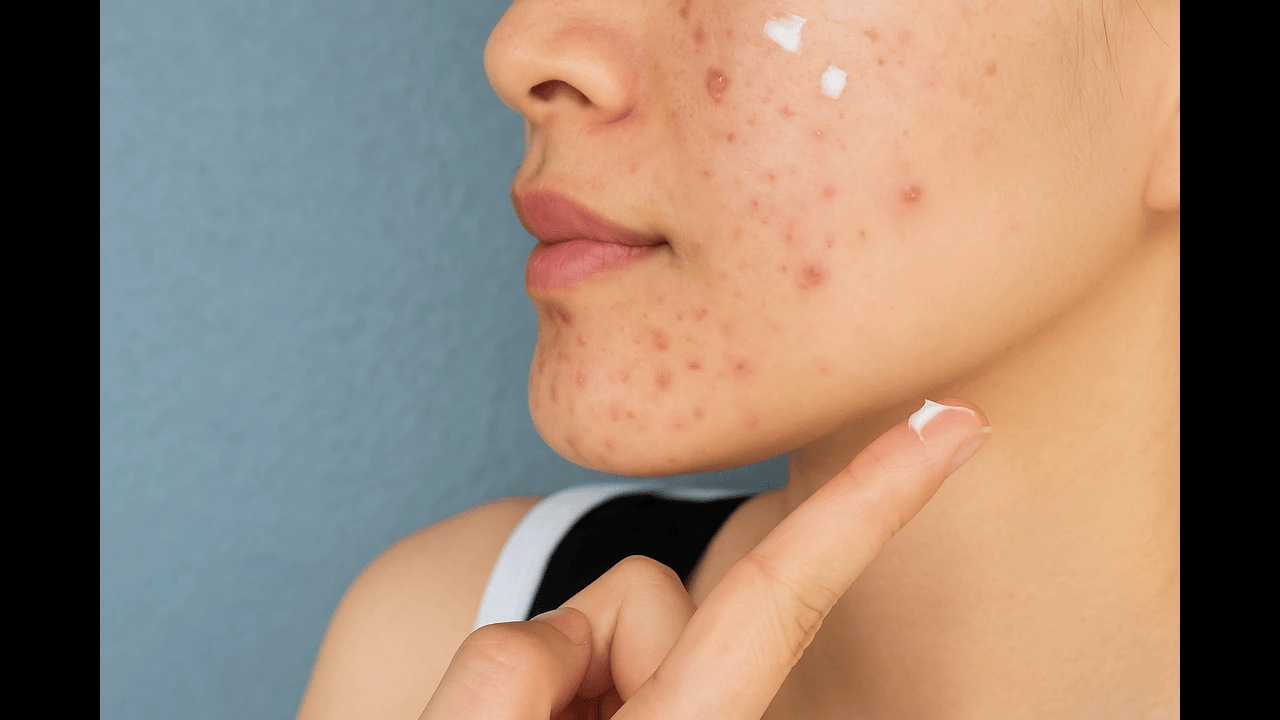

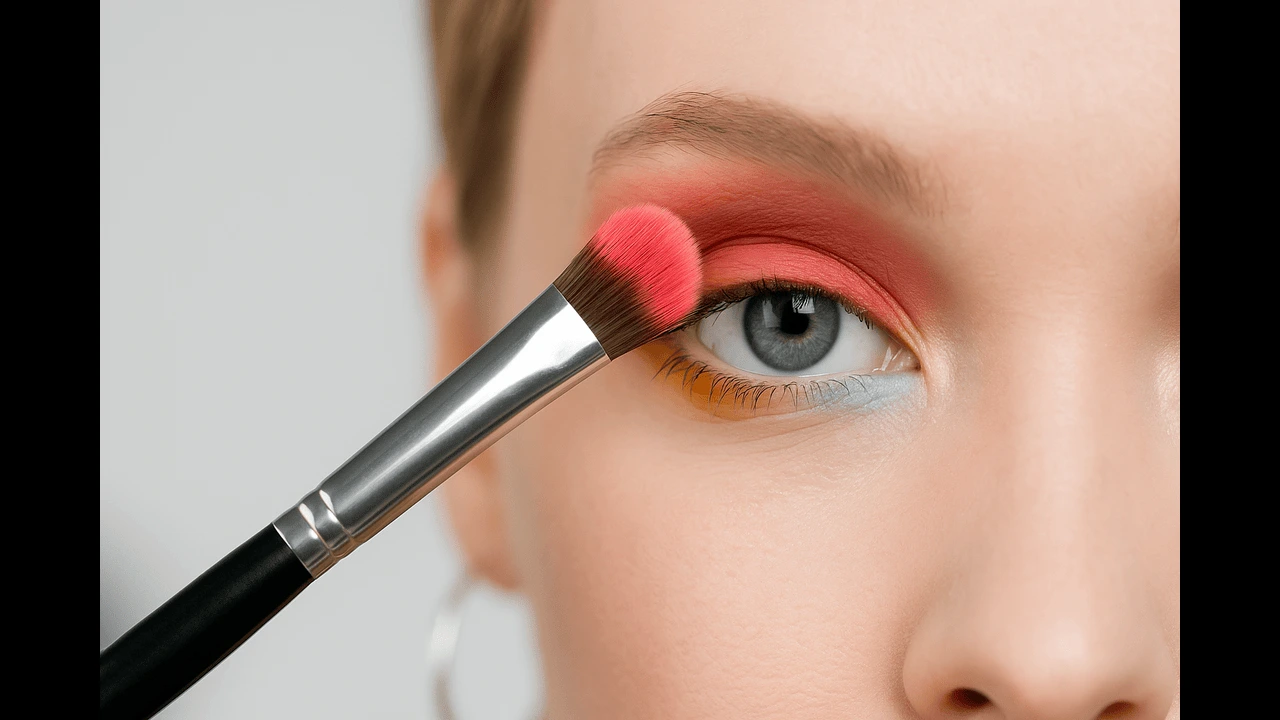
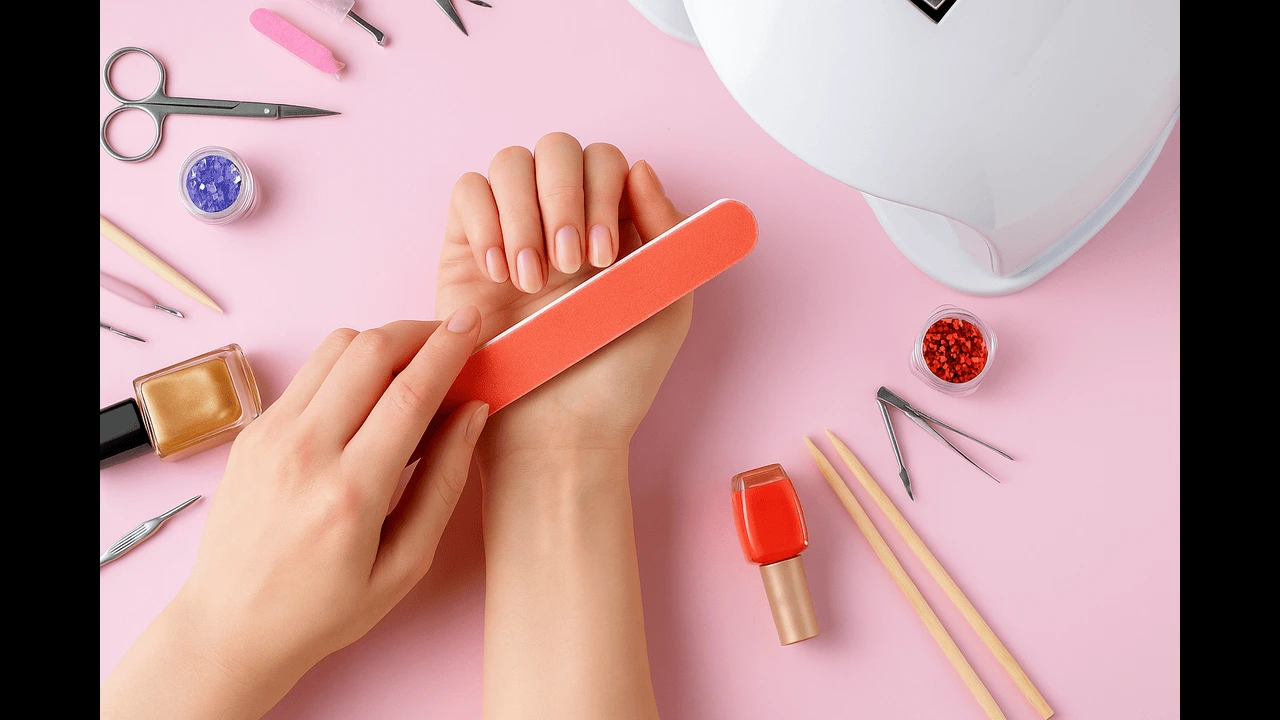
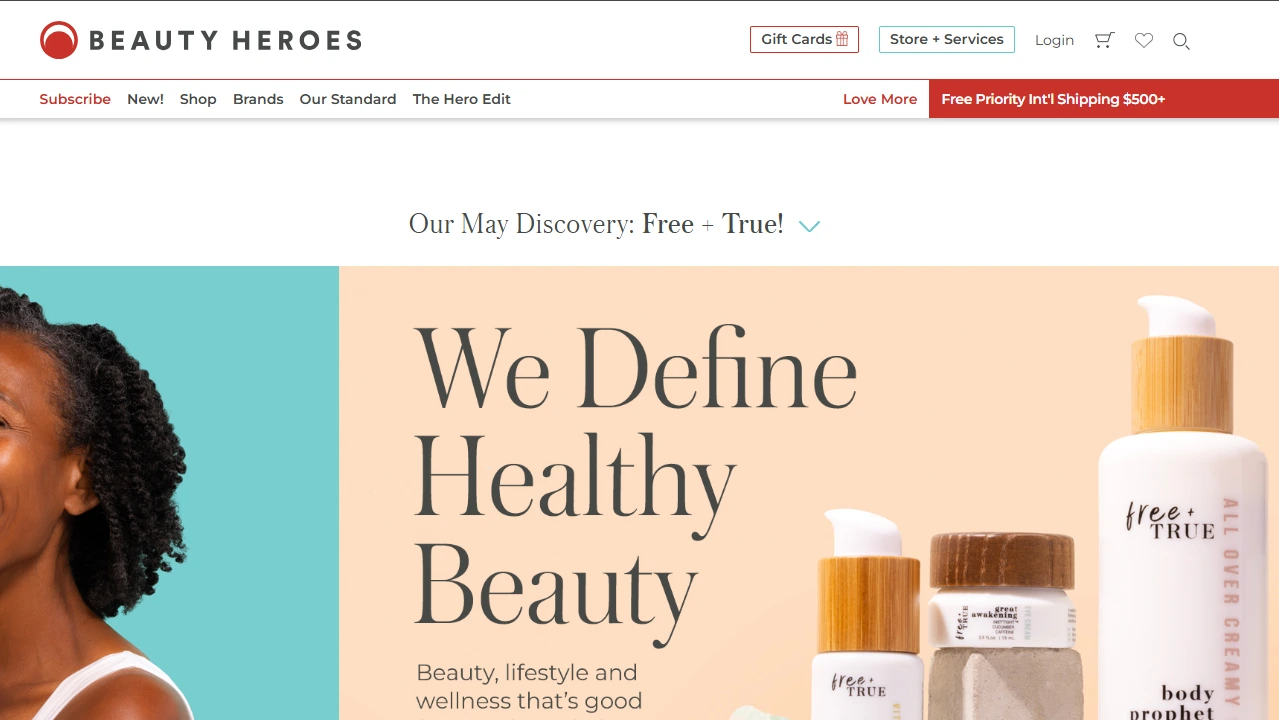

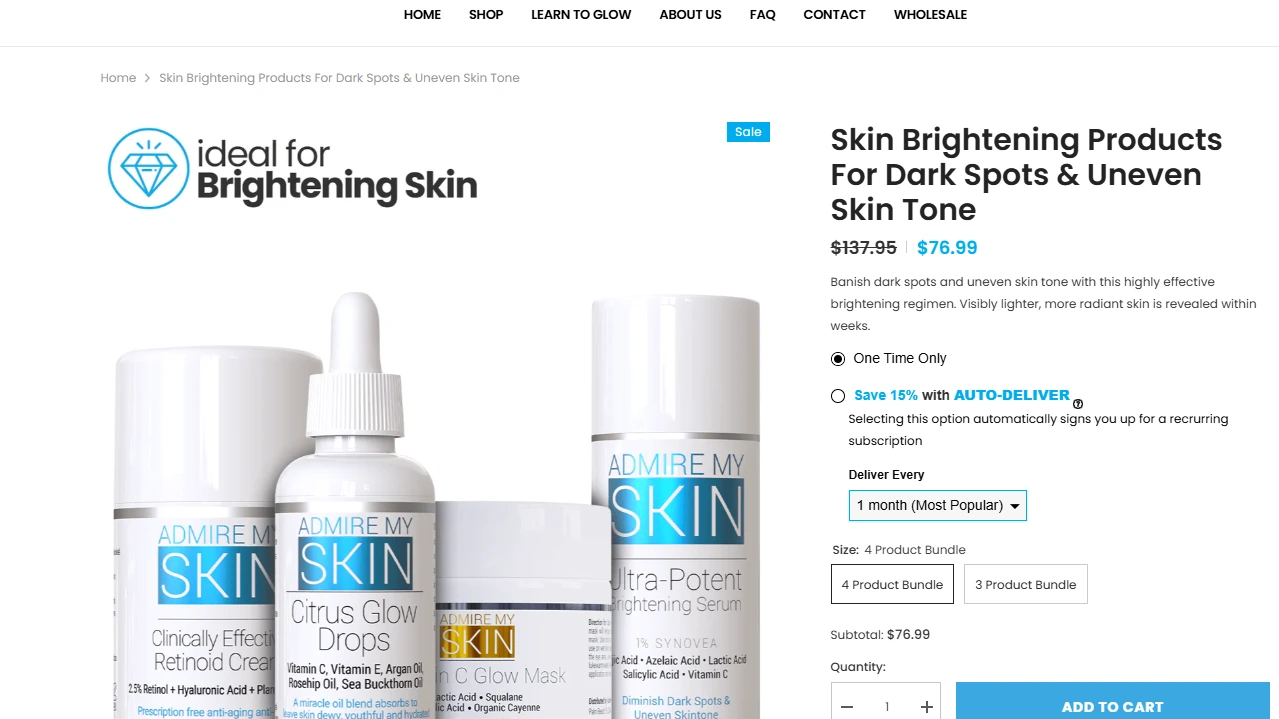

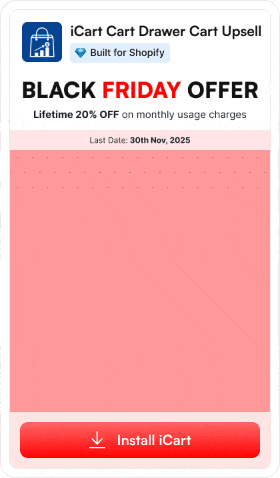
![BigCommerce to Shopify Migration in 7 Easy Steps [2025] BigCommerce to Shopify Migration in 7 Easy Steps [2025]](https://www.identixweb.com/wp-content/uploads/2025/11/26-11-Wed-Blog-Step-by-step-Guide-to-Migrate-from-BigCommerce-to-Shopify_.webp)
![Best Shopify Bundle Apps to Create Bundles That Convert [2025] Best Shopify Bundle Apps to Create Bundles That Convert [2025]](https://www.identixweb.com/wp-content/uploads/2025/11/26-11-Wed-Blog-Best-Shopify-Bundle-Apps-to-Create-Bundles-That-Convert.webp)
![Shopify vs Magento: Which Is Better? Pricing & Features [2025] Shopify vs Magento: Which Is Better? Pricing & Features [2025]](https://www.identixweb.com/wp-content/uploads/2025/11/24-11-Mon-Blog-Shopify-vs-Magento_-Which-one-is-Better_-Complete-Guide-1.webp)

About the author
Vineet Nair
Vineet is an experienced content strategist with expertise in the ecommerce domain and a keen interest in Shopify. He aims to help Shopify merchants thrive in this competitive environment with technical solutions and thoughtfully structured content.